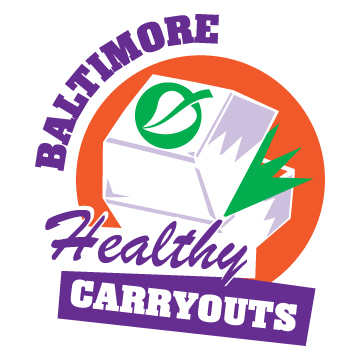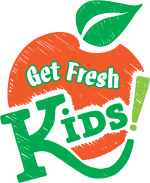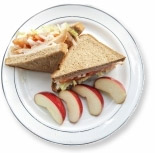Public Markets
 Public markets are an integral part of Baltimore City—over 4.2 million customers come to the six markets every year. Yet, a 2011 food assessment revealed that there were 100 carryout vendors throughout the six markets, making up 70% of all food vendors. (Food Assessment Executive Summary). This is a reflection of the transition towards increased consumption of foods away from home, such as prepared food sources like fast food restaurants and carryouts. As these food sources play a larger role in the food environment, BFPI has made it a priority to work with public markets, all of which are located in or near food deserts, as a way to address healthy food availability in Baltimore.
Public markets are an integral part of Baltimore City—over 4.2 million customers come to the six markets every year. Yet, a 2011 food assessment revealed that there were 100 carryout vendors throughout the six markets, making up 70% of all food vendors. (Food Assessment Executive Summary). This is a reflection of the transition towards increased consumption of foods away from home, such as prepared food sources like fast food restaurants and carryouts. As these food sources play a larger role in the food environment, BFPI has made it a priority to work with public markets, all of which are located in or near food deserts, as a way to address healthy food availability in Baltimore.
Get Fresh Public Markets will increase healthy food availability through a healthy carryout strategy, improve access to local produce, increase demand among consumers through nutrition and fitness activities, and effectively coordinate existing health and educational resources in the public markets.
The program, headed by BFPI, Lexington Market Inc. and Baltimore Public Market Corporation, will be scaled up to work with carryout vendors across Baltimore’s six public markets over the next three years. A pilot program was launched in 2011 in Lexington Market and will be expanded in Lexington and to Northeast and Hollins Market in 2012-2013.
Strategies
Healthy Carryouts: Transform existing carryout vendors into healthy carryouts offering and promoting healthy, affordable foods.
The healthy carryout and consumer demand strategy is modeled after evidence-based strategies from Baltimore Healthy Carryouts, an intervention study conducted by Dr. Joel Gittelsohn and Seung Hee Lee at the Center of Nutrition at the Johns Hopkins Bloomberg School of Public Health.
Increased demand among consumers: Increase consumer demand through promotion of healthy items through healthy menu labeling, combination meal deals, consumer focus groups, community food assessment and targeted marketing strategy.
New menus designate items that are healthier, relative to the other menu options. The green leaf labels are determined though the same methodology used by Dr. Gittelsohn and Seung Hee Lee.
Local Farmer Day Stalls: Allow for day stall leases for local farmers to attend the market on a daily basis during the growing season replicating the Reading Terminal Model.
Healthy Food and Fitness Strategy: Build the market as a central resource for healthy eating and community health through promoting nutrition education and physical activity.
Get Fresh Lexington
Introducing the new Get Fresh Kids program at Lexington Market: a new comprehensive strategy aimed at promoting childhood nutrition through kids meals and edible art workshops. Learn more about Get Fresh Kids and each healthy vendor on the new Get Fresh Get Fit website. Learn more about each healthy vendor and the new Get Fresh Kids at Lexington Market program. Get Fresh Kids is Lexington Market’s new comprehensive strategy aimed at promoting childhood nutrition through kids meals and edible art workshops.





The USDA National Nutrient Database was used to determine items lower in calories and fat, and higher in fiber. A registered dietitian verified the green leaf classification for all of menus. Similarly, we used the word "fresh" because research showed that "fresh" is associated more with healthy dietary decisions than the term "healthy."
Mayor Rawlings-Blake and UMB President Perman launching Get Fresh Lexington. Filmed by University of Maryland
Resources
Marketplaces: Prospects for Social, Economic, and Political Development by Alfonso Morales
Public Markets and Community-Based Food Systems: Making Them Work in Low-Income Neighborhoods by Project for Public Spaces
Public Markets and Community Health: An Examination by Project for Public Spaces
Northeast Market "Healthy Food Hub": Strategy by Project for Public Spaces
Joel Gittelsohn's research and profile
Seung Hee Lee's research on prepared food sources in Baltimore
Lead Collaborators: Baltimore Public Market Corporation, Lexington Market Incorporated, Johns Hopkins School of Public Health, Center for Human Nutrition, Center for a Livable Future